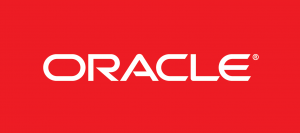V$TRANSACTION lists the active transactions in the system.
(i) The following columns together point to a transaction. (i.e.) The combination of the following should give a unique transaction id for that database.
XIDUSN – Undo segment number
XIDSLOT – NUMBER Slot number
XIDSQN – NUMBER Sequence number
(ii) The following columns explain the number of undo blocks / undo records used per transaction.
USED_UBLK – Number of undo blocks used
USED_UREC – Number of undo records used
In the case of transaction rollback, the above columns will estimate the number of undo blocks that need to be rolled back.
The number of undo records and undo blocks (USED_UREC and USED_UBLK) decreases while the transaction rolls back. When they reach 0, the transaction disappears from v$transaction.
The following query can be used to monitor the transaction rollback.
SELECT A.SID, A.USERNAME, B.XIDUSN, B.USED_UREC, B.USED_UBLK
FROM V$SESSION A, V$TRANSACTION B
WHERE A.SADDR=B.SES_ADDR;
(iii) The STATUS following column explains the status of a transaction.
ACTIVE – Explains the transaction is active.
Before performing a normal/transactional shutdown, YOU can check this view to understand any ACTIVE transactions.
SELECT XIDUSN, XIDSLT, XIDSEQ , SES_ADDR, STATUS FROM V$TRANSACTION;
